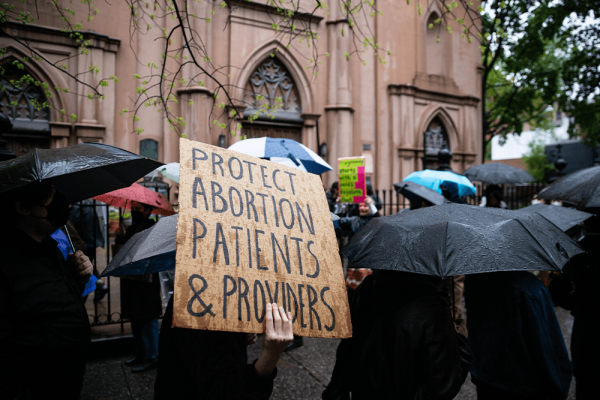Jun 13, 2023
After the June 2022 Supreme Court ruling in Dobbs v. Jackson Women’s Health Organization which overturned Roe v. Wade,the landscape of abortion access in the U.S. shifted dramatically. In the past year, many Republican state governments have moved to further restrict or fully outlaw abortion, while some states with Democratic legislatures and/or governors have written abortion protections into law. In every state, pregnant people face difficult decisions and shifting barriers to receiving abortion care.
Read the Full Article

Already a subscriber? Login
